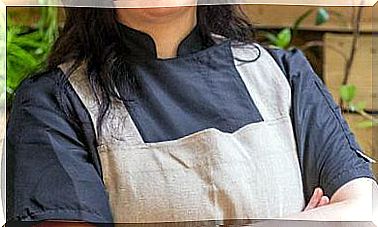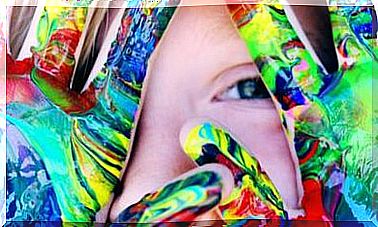Nanoparticles: Avoid These Dangerous Substances!
Their diameter means that they can pass through organs, mucous membranes and cells, with uncertain effects on health. Still, nanoparticles have made it to the table.

Awareness of the risk involved in consuming transgenic foods is widespread in society, but what about foods that contain nanoparticles ?
Its risks are documented, but there is little social debate on the issue, most do not know what they are and legally their situation is very confusing.
The nanoparticles are found in common foods such as Lu brand chocolate cookies or a mix of spices for guacamole from Carrefour, according to the French environmental organization “Agir pour l’Environnement”.
In these foods, nanoparticles are the form of presentation of silicon dioxide (stabilizing additive, E 551) or titanium dioxide (E 171), a colorant widely used in many food products, in countless medicines, in toothpastes or in sun creams.
The International Agency for Research on Cancer, by the way, considers it a possible carcinogen when it enters the body through the respiratory tract.
The negative effects of nanoparticles
The properties of any substance can change when it goes from its usual “macro” presentation to a “nano” form. The intensity of chemical reactions is multiplied or new effects are produced because nanoparticles reach where normal substances cannot.
Therefore, its effect on the body is practically unknown.
In the atmosphere there are nanoparticles of natural origin to which the human being has adapted throughout evolution.
The problem is industrially produced nanoparticles, since all their effects on the human body and the environment are unknown.
They can pass through the intestinal lining, into cells, and into the brain or internal organs. They can interfere with the absorption of minerals and vitamins. The nanoparticle form can be effective for a drug or a nutrient, or it can be very toxic if it is a non-physiological substance.
A French study published in the journal Scientific Reports showed that E171 nano crosses the intestinal wall, alters immunity and causes precancerous lesions in animals. Several French health authorities have requested that its carcinogenic effect be evaluated.
Nanoparticles are in our kitchen
The E171 (titanium dioxide) as nanoparticle is a white dye frequent gum, lozenges , chocolate, sauces, gelatins or infant formula milks. It is also found in toothpastes and mineral filter sun creams. It is very common in tablet and capsule drugs.
The “nano” E551 (silicon dioxide) is an anticaking and often not declared because it is supported by the additive or ingredient functional. It is added to salt, chocolate, icing sugar, sauces, creamy instant coffees or hamburgers. It is frequently associated with dye E171.
Most new ceramic non-stick surfaces use nanoparticulate materials that can be released into food. There are more than 3,000 consumer products that contain them on the nanodb.dk website.
What does the European regulation say?
The European regulation considers nanoparticles those with a diameter smaller than 100 nanometers (100,000 times less than a hair). But 120 nanometer particles, for example, already exhibit different properties from bulk material.
Experts argue about where special security demands should begin.
Since 2015, the European standard requires adding the word “nano” after “new foods” with more than 50% nanoparticles. The European Parliament asked in 2014 that the proportion be reduced to 10% and that it also affect traditional ingredients. Environmental organizations ask for more studies or its ban until its safety is proven.
When it does not represent more than 50% of the volume of the ingredient, there is no obligation to declare that it contains nanoparticles. On the other hand, it is very likely that many manufacturers do not even know that they are purchasing nanoparticulate ingredients for their products.
The laws do not establish limits that guarantee the safety of the food. So far, experts from the European Commission have considered that there is insufficient information on the toxicity of nanoparticles for humans and they are not affected by more limits than any other normal ingredient or additive.
Its use for all kinds of applications, not just food, has exploded in recent years. Not all of them will be dangerous, but are we willing to act preventively?









